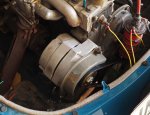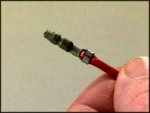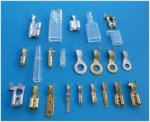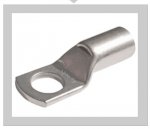Fantastic job under somewhat trying circumstances Bob. Congratulations. 
Up until just before Christmas I'd say that "clean room" would have been perfectly safe as it hadn't rained for months up this way until then.! Your wife should have shown more faith in you. You have it fixed well before school goes back. Probably good idea to remind her not to go out in the paddock in this one. Or will that jeopardise dinner.?

Up until just before Christmas I'd say that "clean room" would have been perfectly safe as it hadn't rained for months up this way until then.! Your wife should have shown more faith in you. You have it fixed well before school goes back. Probably good idea to remind her not to go out in the paddock in this one. Or will that jeopardise dinner.?






